VPS Upgrade: 5 Signs It’s Time to Scale
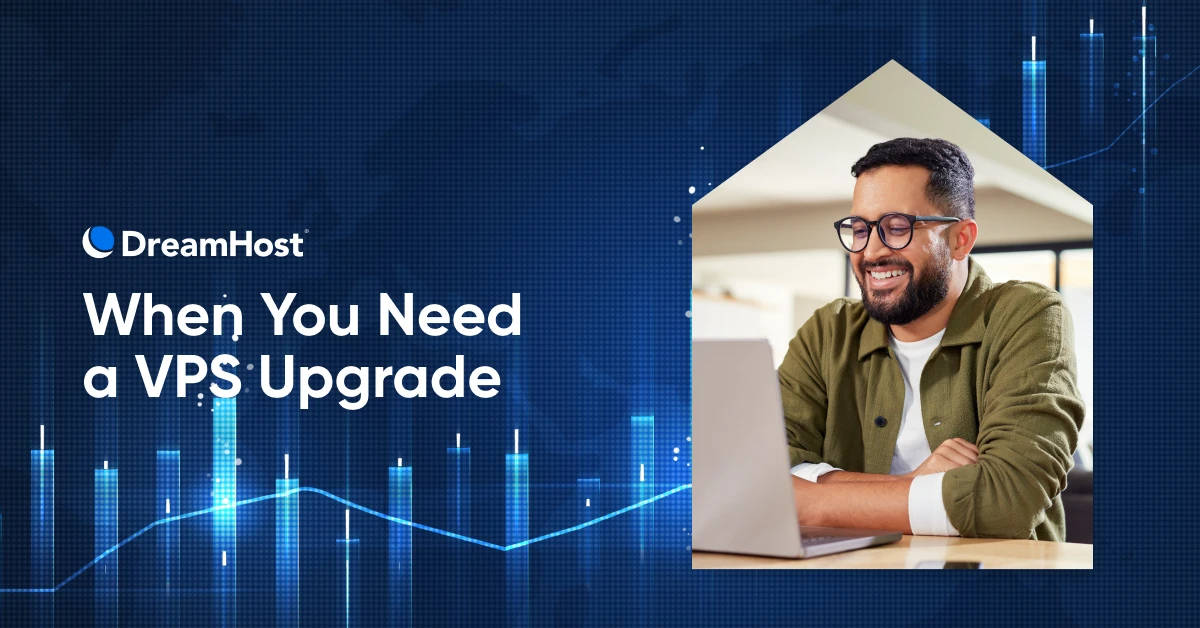
You’re here for either of these two reasons:
Before you beat yourself up for a slow-loading website laden with error messages, know that this usually isn’t your fault. More often than not, it’s a good sign.
Yeah, seriously. It likely means your business is kicking butt, your traffic is growing, or your site is doing more cool stuff. Your needs are just getting bigger. Congrats!
The big question for everyone: Is your website suffocating on its current hosting plan?
Let’s figure it out, gentle reader.
Reality Check: Why Your Hosting Matters
Think of hosting as your website’s home. You wouldn’t build a mansion on quicksand, would you? Your hosting is that foundation. Get it wrong, and everything else wobbles.
Performance, reliability, user happiness — it all starts here.
Let’s break down the neighborhood again, especially if you’re still deciding where to move in.

Shared Hosting (The Apartment Building)
Cheap and cheerful! But you share everything — server power (CPU), memory (RAM), and sometimes even an IP address.
If your neighbor throws a massive, resource-hogging party (like their site goes viral or runs horribly inefficient code), your lights dim. Performance takes a massive hit: fast one minute, glacial the next. Great for a starter blog, not so much for a business aiming high.
VPS Hosting (The Townhouse)
You’re still connected to others (on the same physical server), but virtualization software builds strong digital walls. You get your own guaranteed slice of CPU, RAM, and storage.
No more resource theft from noisy neighbors. This means way more consistent speed (often 15–35% faster than shared, sometimes more) and more control. You can usually tweak settings you couldn’t touch on shared hosting.
This is the sweet spot for most growing businesses.
Dedicated Hosting (The Mansion)
The whole server, all yours. Maximum power, total control.
Also, maximum cost and often maximum headache if you have to manage it yourself (unless you pay even more for management). Honestly? It’s usually overkill unless you’re running something massive like a huge e-commerce empire or have very specific, high-security needs.
👉🏼For everyone: especially if you’re carefully watching your budget, remember why you care about speed and reliability.
We’re talking money — cold, hard cash.
One-second load times get 2.5x the conversions of five-second load times.
Slow site = fewer sales, fewer leads, and more annoyed users who bounce away to your competitors. Plus, Google hates slow sites, burying them in search results.
Good hosting means your site works, letting you focus on customers instead of playing emergency admin, especially true if you choose a managed VPS where someone else handles the nerdy upkeep. (Like us!)
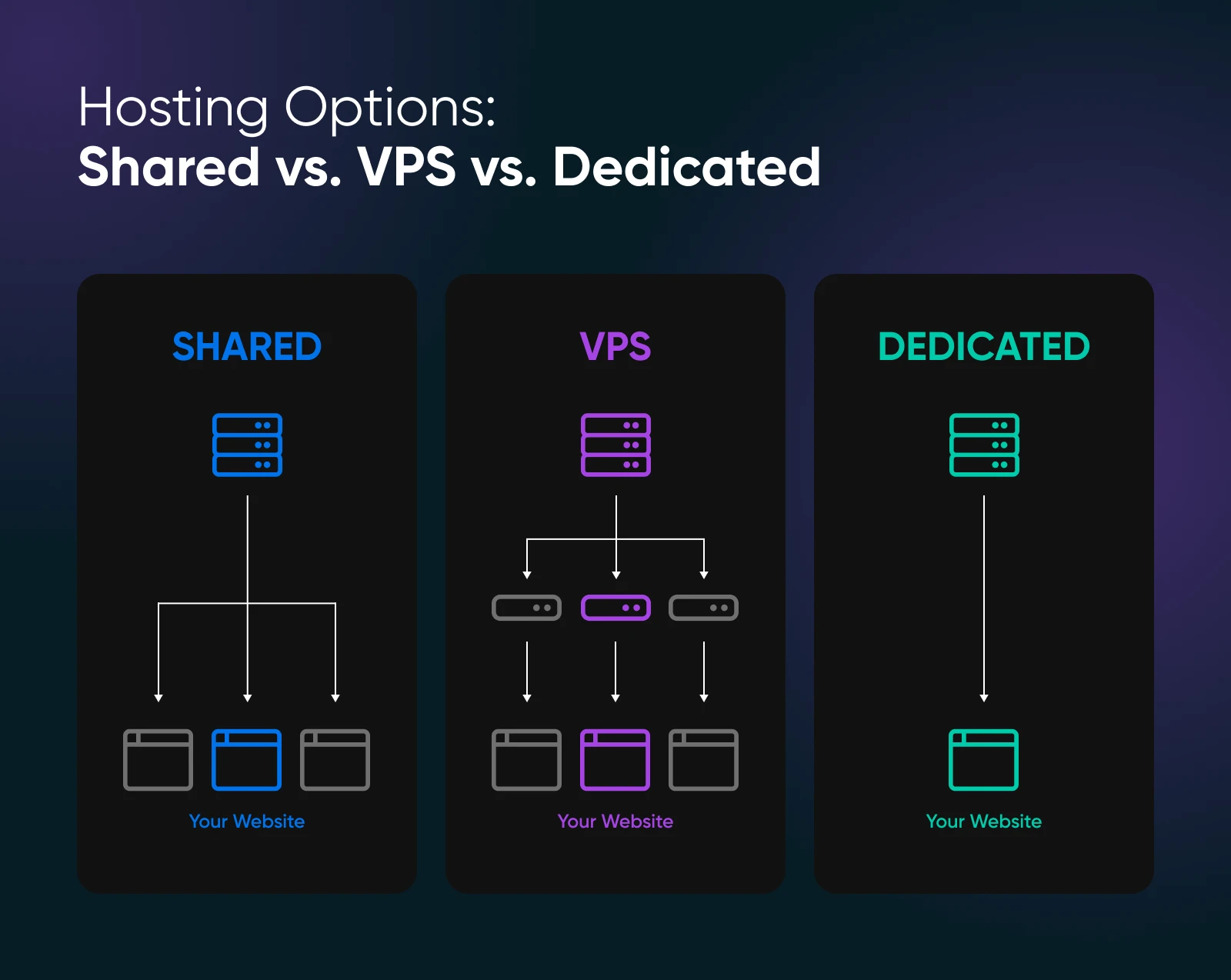
5 Signs Your Website is Begging for a VPS Upgrade
These apply if your current VPS is struggling, or if you’re seeing these symptoms on shared hosting and know it’s time to jump ship.
1. Your Site Slows Down During Traffic Surges
One minute your site is zipping along, and the next, it’s sputtering like an old engine. Too many visitors are hammering your VPS, and the hardware just can’t keep up.
Take Sarah, who runs an online boutique for quirky vintage tees. One day, a celebrity accidentally tweets a pic wearing one of her shirts. Suddenly, her site gets hit with 10 times its normal traffic. Normally, her VPS handles 500 visitors an hour; today, it struggles with 5,000.
Every extra second loading flushes potential revenue down the drain. Users bounce. Carts get abandoned. Google sighs disapprovingly and bumps you down the rankings.
The cost of lost business because of slowness often surpasses the cost of a better hosting plan.
Why This Happens
Usually, it’s the holy trinity of bottlenecks: Not enough CPU power to juggle all the code execution (PHP, database queries). Not enough RAM, meaning no room for caching and constant, slow disk access. Or slow Disk I/O, where your storage just can’t read/write data fast enough for demand.
How an Upgrade Helps
Upgrading your VPS means adding more muscle — more CPU cores, extra RAM, and greater bandwidth. With more oomph, your site handles spikes without breaking a sweat.
💡Monitoring Tips
- Check your control panel regularly. If your CPU or RAM usage hits 90–100% during peak times, it’s time for an upgrade. Use tools like GTmetrix or Google PageSpeed Insights during those “big moment” events to see how your site performs.
- If you’re still on shared hosting and your site slows down during busy times, try simulating traffic loads with free online tools. Compare the results to the performance benchmarks of VPS plans.
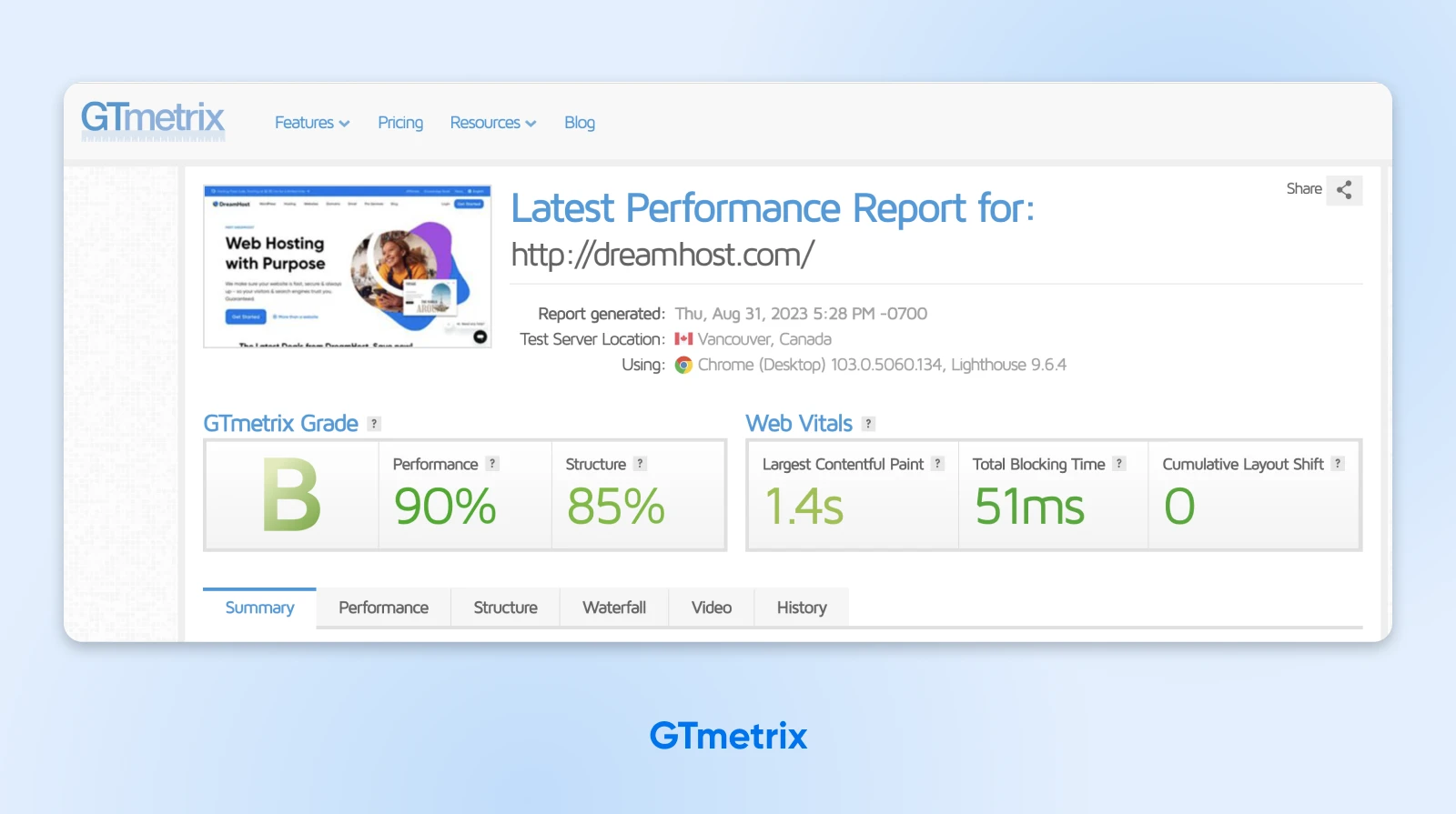
2. Your Site Experiences Frequent or Unplanned Downtime
The dreaded “500 Internal Server Error” appears more often than you’d like. Or the database connection drops, leaving your site adrift. It might happen randomly, or (infuriatingly) right when traffic peaks. You’re getting too familiar with restarting server processes or rebooting the whole VPS.
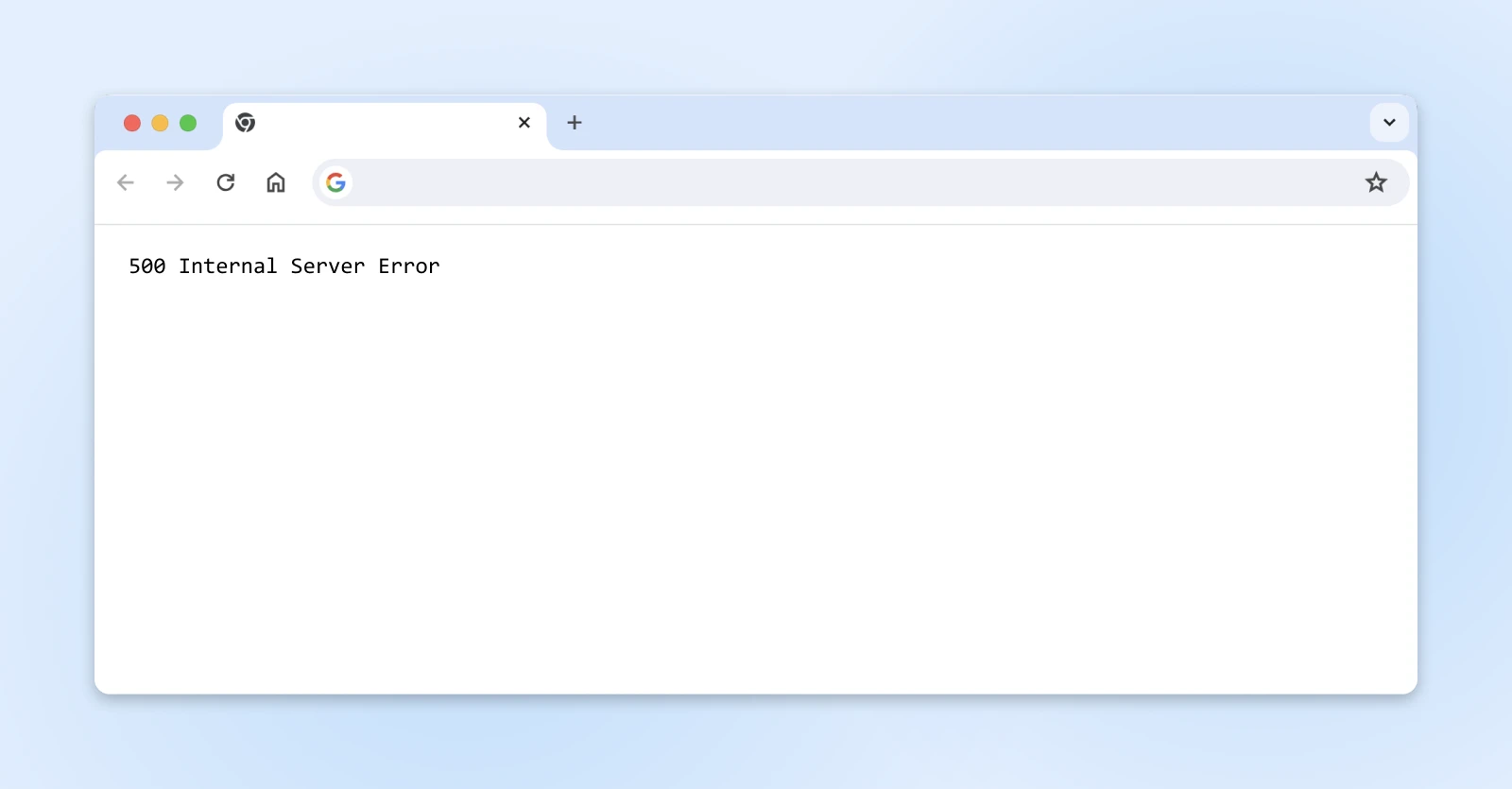
Downtime is lost sales and leads. Full stop.
It also shreds your credibility and tells search engines your site is unreliable. Fixing the root cause (often resource limits) is essential financial hygiene for an online business.
Why This Happens
When your VPS is maxed out because of high traffic, large data transfers, or background processes, it can’t handle any extra load. Over time, this leads to crashes and downtime.
How an Upgrade Helps
More resources provide breathing room. A beefier VPS can absorb sudden demands without falling over, keeping your site stable and available.
💡Monitoring Tips
- Use uptime monitors like UptimeRobot to track your site’s availability. Frequent alerts about downtime indicate that your current VPS isn’t cutting it. Compare the downtime history with your resource usage logs to see if an upgrade is in order.
- If you’re considering moving away from shared hosting, look into VPS plans that advertise reliable uptime guarantees. Ask potential providers about their redundancy measures and what happens if one part of the server fails.
BTW, DreamHost offers a 100% uptime guarantee, so your online home is always up and running.
3. You Frequently Hit Resource Limits
Your hosting provider’s warning emails are becoming a regular feature in your inbox. Your control panel confirms it: CPU or RAM usage graphs are constantly slammed against the maximum limit. Maybe you’ve even faced performance throttling or surprise overage charges.
This is the clearest possible signal: your current plan is too small. Continuing as-is means accepting poor performance, risking service interruptions, and potentially paying extra anyway. An upgrade isn’t optional here; it’s necessary.
Why This Happens
VPS plans come with predetermined resource limits. As your site gains more pages, features, and visitors, these limits get tested. If you’re constantly hitting those limits, your hosting plan is simply too small for your needs. It’s like trying to fill a fuel tank that’s already full: nothing extra can go in, and things start to overflow.
How an Upgrade Helps
A more powerful VPS plan offers higher resource limits, so you don’t have to worry about that “red zone” creeping up on you. With additional CPU cores, extra RAM, and increased bandwidth, your server can comfortably handle a sudden surge or a steady increase in demand without choking.
💡Monitoring Tips
- Regularly review your hosting metrics. If CPU usage stays near 100% for more than a few minutes daily, it’s time to upgrade. The extra cost is often offset by improved performance and fewer customer complaints.
- Compare your current resource usage (if you have any site metrics) with the detailed offerings of VPS plans. If you’re planning on scaling up, make sure your provider offers room to grow.
4. Customers Report Slow Checkouts
Imagine you run an e-commerce site. Your product pages look great, but when customers hit the checkout button, the system takes its sweet time to respond.
Hello, abandoned carts and frustrated buyers. (And we all know frustrated buyers don’t stick around for a second chance.)
Why This Happens
Dynamic processes like logins, checkouts, and database queries require a lot of processing power and memory. If your VPS plan is too modest, these functions lag. When visitors hit an overloaded server, they get caught in a long queue, and by the time they’re served, they’re ready to call it a day.
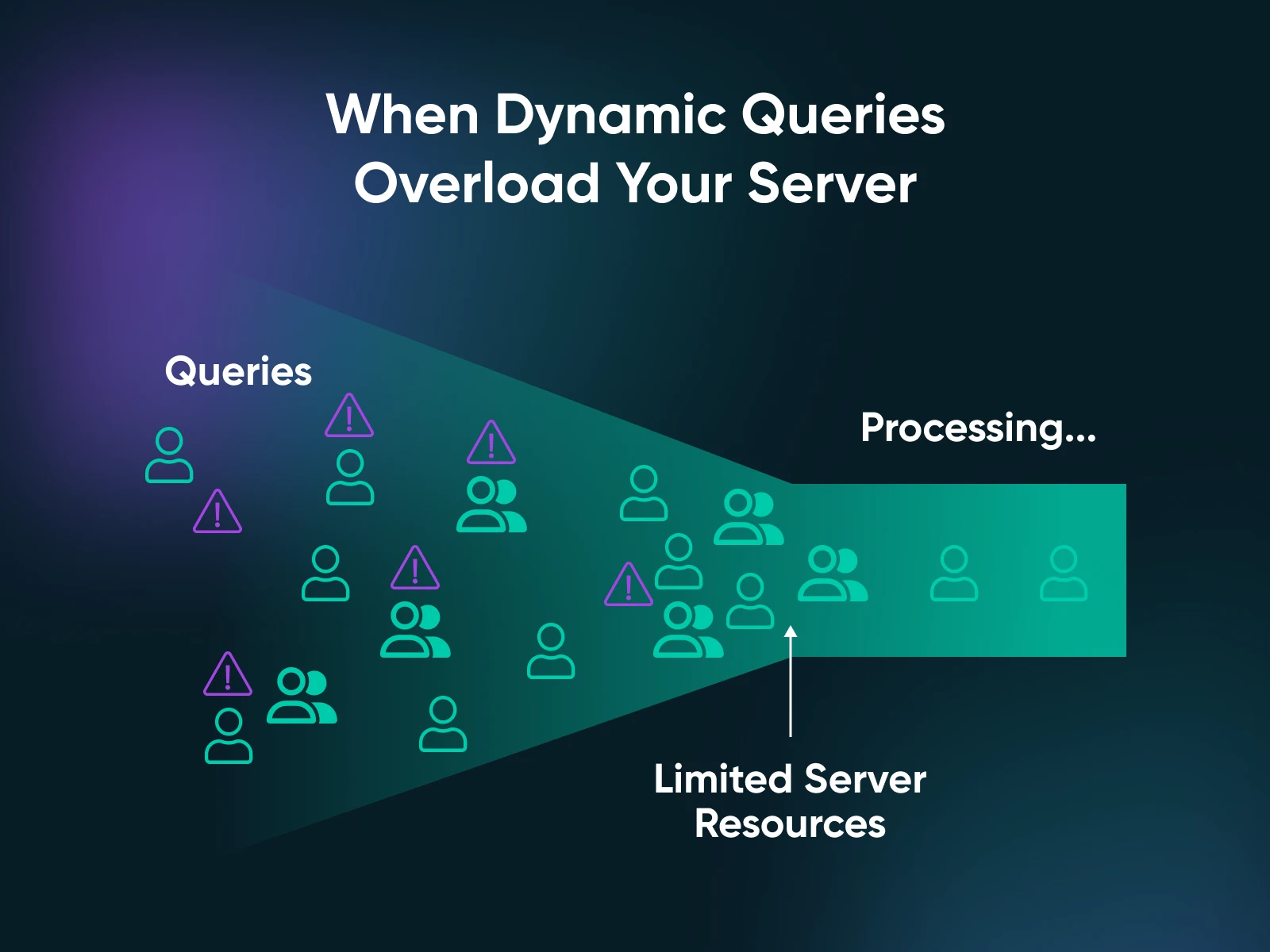
How an Upgrade Helps
A bigger VPS plan means more processing power and extra memory. This improves the speed of resource-heavy operations like checkouts and logins. In simple terms, upgrading ensures your website doesn’t keep customers waiting — or worse, walking away.
💡Monitoring Tips
- Keep an eye on conversion rates and support tickets. A sudden drop in conversion rates or an uptick in complaints about slow performance signals that you’re pushing your VPS to its limits.
- Before you decide to stay with shared hosting, run some tests on your current setup. If pages like checkout or login take too long to load during busy periods, compare those results with the performance stats of VPS hosting. The upgrade cost might be justified by the increase in completed transactions.
5. You’re Expecting Major Growth or Need Advanced Features
Perhaps performance is adequate today, but you’re looking ahead. You’re launching that complex membership site, adding an extensive online course platform, planning a massive ad campaign, or preparing to host more client sites.
You know the demands on your server are about to increase significantly.
Upgrading before you launch or scale up is the proactive, less-stressful approach. It prevents day-one disasters and ensures your infrastructure investment supports your business growth initiative. Why wait for problems?
Why This Happens
Growth brings new demands. Whether it’s increased traffic from a viral campaign or the need for complex, resource-intensive applications, your current server may not be able to keep pace with your ambitions. Planning is key. Waiting until your site collapses under its own weight is both inconvenient and costly.
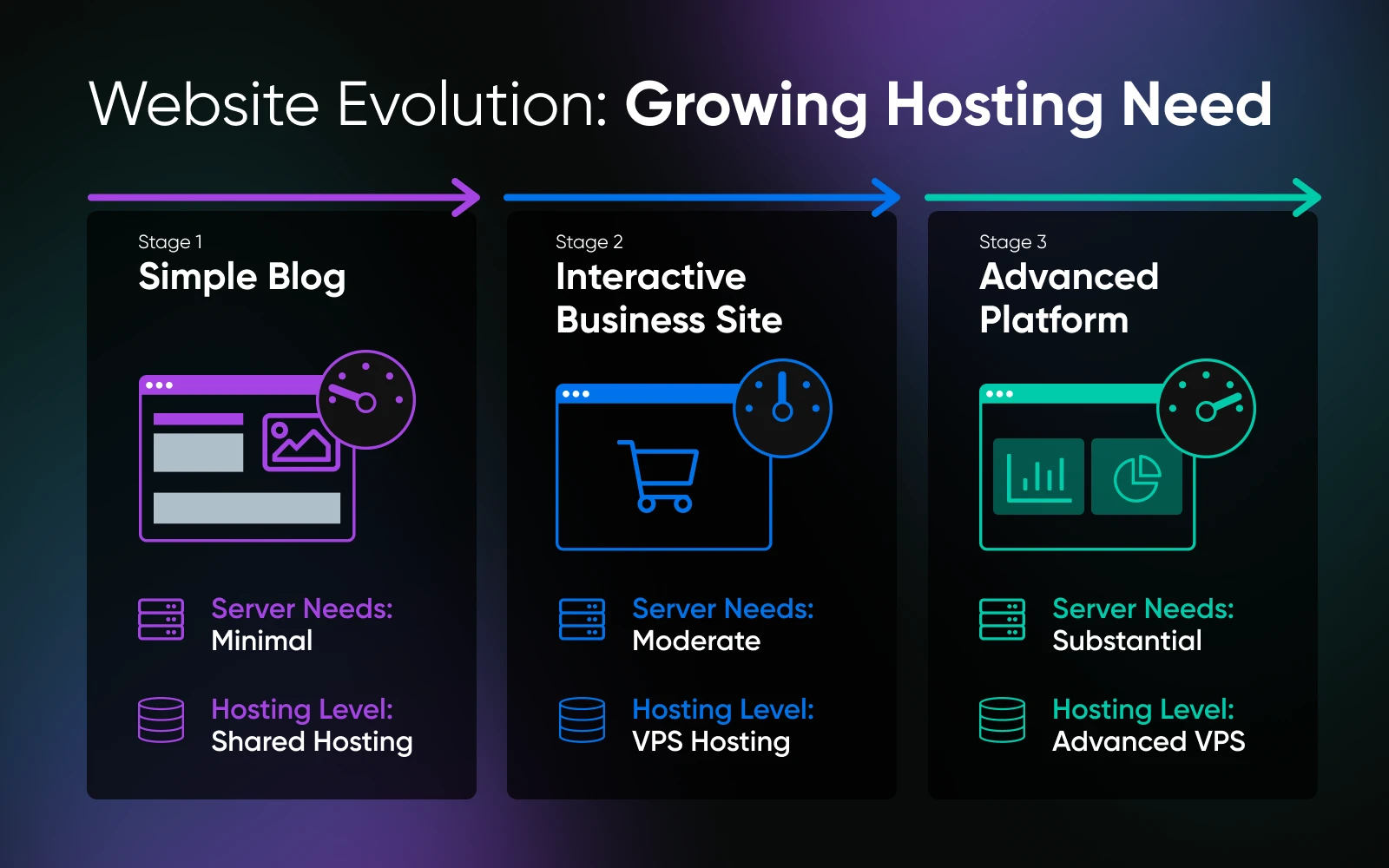
How an Upgrade Helps
You’re future-proofing your website. A robust VPS plan allows you to install advanced caching systems, custom server configurations, and even dedicated support. It’s the difference between scrambling to put out fires and confidently rolling out new features without a hitch.
💡Monitoring Tips
- Look at your business forecasts. If you predict a significant traffic surge or plan to launch new, resource-hungry features, consult with your hosting provider about scaling up before issues arise.
- If you’re still on shared hosting and planning for significant growth, the switch to VPS hosting is a long-term investment. Compare your projected traffic and feature needs against the offerings of VPS plans, and choose one that gives you plenty of room to grow.
Making the Jump: Is Upgrading a Royal Pain? And What About Control?
You see the signs; you feel the pain. But the thought of actually upgrading might conjure images of technical chaos and lost weekends. Is it really that bad?
Chill. If you’re upgrading your VPS plan with your current host (like DreamHost), it’s usually surprisingly straightforward.
Now, about that control question…does a better VPS plan give you more control? It hinges on what “control” means to you, and whether you’re using managed or unmanaged VPS.
- Unmanaged VPS: You get the ‘keys to the kingdom’ — full root access. Install whatever, configure however. Maximum control. Also, maximum responsibility. You handle everything: security, updates, troubleshooting. Upgrading gives you more raw resources that you then have to manage. Only venture here if you have the technical skills and, frankly, the desire to manage a server at that level.
- Managed VPS (DreamHost’s specialty): The host handles the server admin grind: OS updates, security patches, keeping things optimized. Your control lies in managing your websites, applications, and data via the control panel, plus often SSH access for advanced tweaks. Upgrading here gets you more power and stability, enabling your site to do more, but not necessarily deep-level OS administration control. It’s the perfect setup if you want top performance without becoming a part-time sysadmin.
For most businesses just wanting their website to work reliably and fast, managed VPS is the way to go.
Stop Letting Your Hosting Stunt Your Growth
Whether you’re maxing out your current VPS or are finally ready to escape the chaos of shared hosting, DreamHost offers managed VPS hosting plans designed to scale smoothly alongside your ambitions.
Here’s what you get with DreamHost VPS:
- Consistent speed: Guaranteed RAM and CPU resources mean reliable performance
- Warp-speed storage: Fast SSDs on all plans, with ludicrously fast NVMe SSDs available
- Grow without the pain: Easily upgrade resources through your panel when needed
- We sweat the server stuff: Managed hosting means updates, security, and monitoring are handled
- Rock-solid uptime: Backed by our famous 100% Uptime Guarantee
- Fort Knox security (almost): Free Let’s Encrypt SSL, plus expert security oversight
- Help when you need it: 24/7 access to knowledgeable support humans
Stop letting sluggish hosting frustrate you and your visitors. Check out DreamHost’s VPS plans and build on a foundation that won’t hold you back.

VPS Hosting
Take Charge with Flexible VPS Hosting
Here’s how DreamHost’s VPS offering stands apart: 24/7 customer support, an intuitive panel, scalable RAM, unlimited bandwidth, unlimited hosting domains, and SSD storage.
Choose Your VPS Plan


